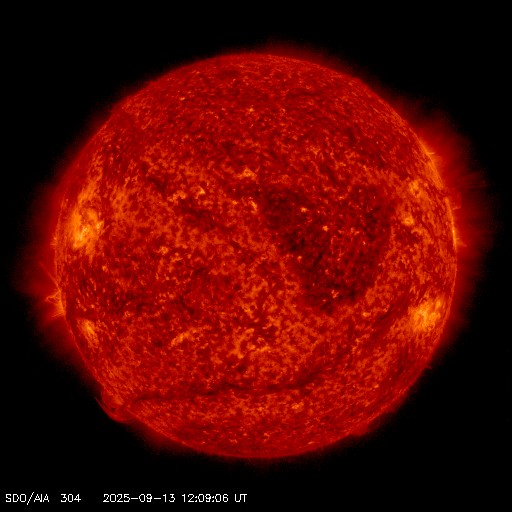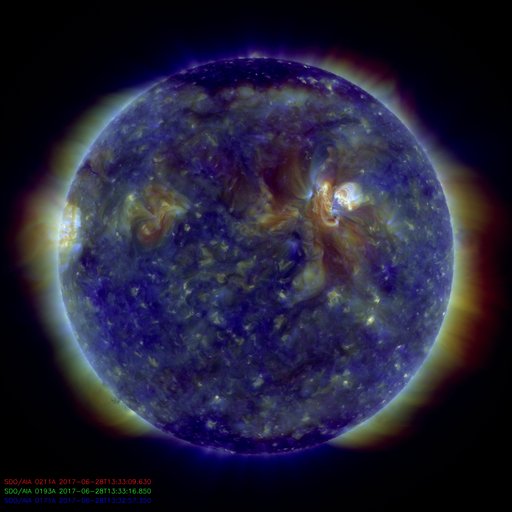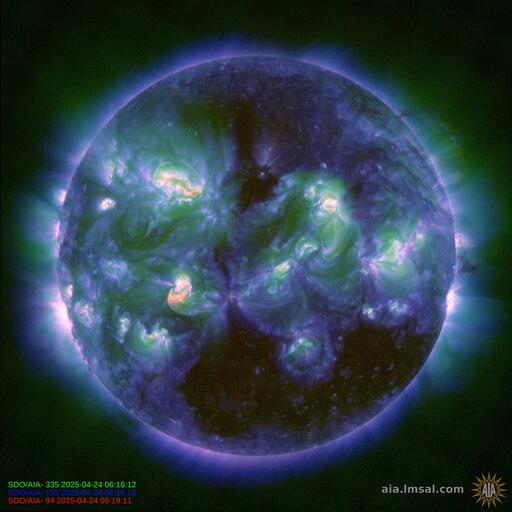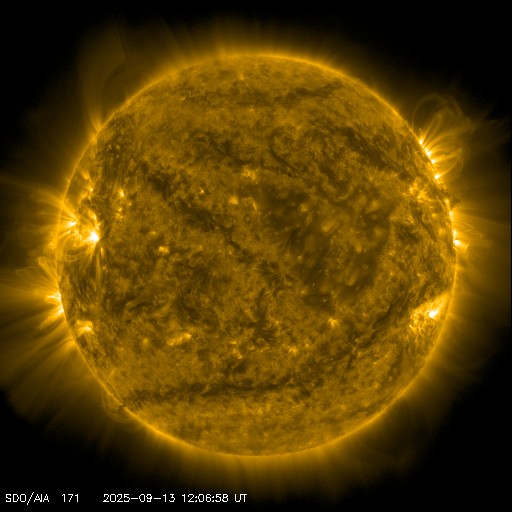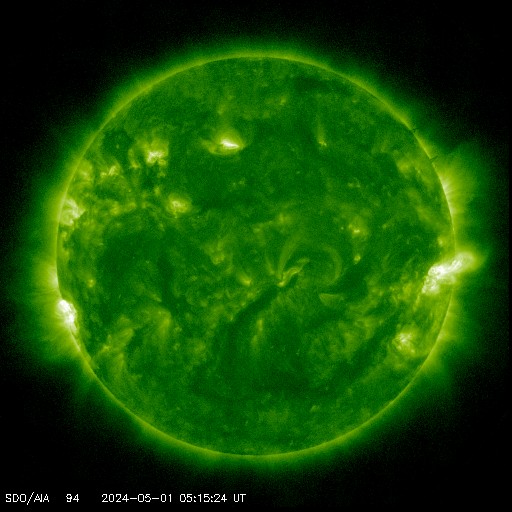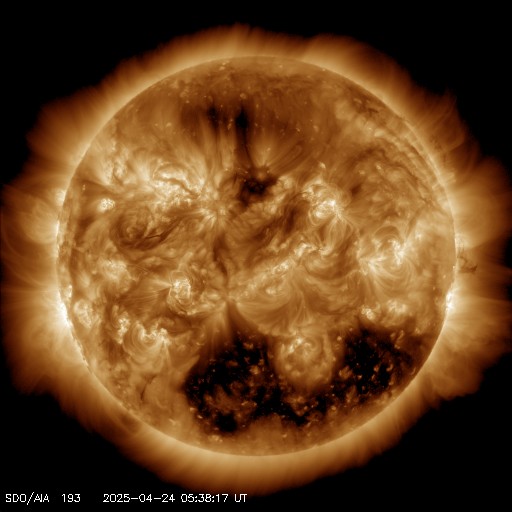Comet Panstarrs reaches perihelion today when it makes its closet approach to the Sun.
We are now seeing this magnificent comet on STEREO B HI1 as we can see in the latest image from STEREO seen here to the left.
By the evenings of March 12 and 13, comet Panstarrs will be seen in the western skies of the northern hemisphere just after sunset, where we will see this comet close to the crescent Moon.
Image Credit: Skyandtelescope,com
Here we have now an animation of Comet PanSTARRS in highly processed STEREO HI-1B images
Image Credit: Sungrazing Comets
Here we have now an animation of Comet PanSTARRS in highly processed STEREO HI-1B images
Image Credit: Sungrazing Comets

